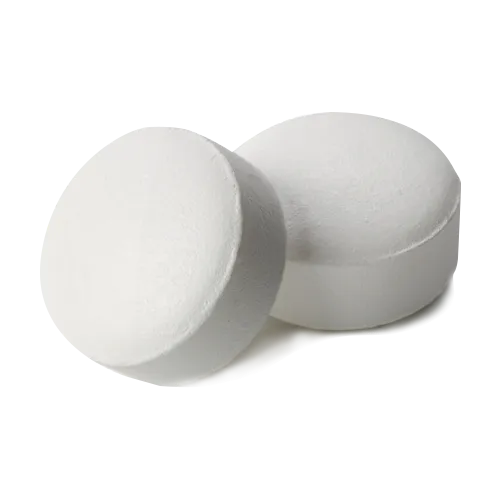Medically reviewed and written by Michael Hartman, MD, FACC – Board-Certified Cardiologist with 18+ years of clinical experience in hypertension management. Last updated: November 2025
What Is Norvasc and What Is It Used For?
Norvasc (amlodipine besylate) is a long-acting dihydropyridine calcium channel blocker (CCB) widely regarded as a first-line agent for the management of hypertension and chronic stable angina. FDA-approved since July 31, 1992, it remains one of the most prescribed antihypertensive medications worldwide, with over 50 million prescriptions annually in the United States alone.
Norvasc is indicated for:
- Hypertension (alone or in combination)
- Chronic stable angina
- Vasospastic (Prinzmetal’s) angina
- Documented coronary artery disease (to reduce risk of hospitalization and revascularization)
Mechanism of Action
Amlodipine selectively inhibits L-type calcium channels in vascular smooth muscle and myocardium, producing potent peripheral arterial vasodilation with minimal negative inotropic effect. Its high vascular selectivity (vascular/myocardial ratio ≈ 100:1) explains its excellent tolerability profile compared to earlier CCBs.
Comparative Table: Amlodipine vs Other Calcium Channel Blockers
| Parameter | Amlodipine (Norvasc) | Nifedipine ER | Felodipine | Diltiazem ER | Verapamil SR |
|---|---|---|---|---|---|
| Half-life | 30–50 hours | 7–12 hours | 11–16 hours | 5–8 hours | 6–12 hours |
| Dosing frequency | Once daily | Once–twice | Once daily | Once–twice | Twice daily |
| Edema incidence | 8–15% | 15–25% | 15–20% | <2% | <2% |
| Heart rate effect | Neutral / slight ↑ | Reflex tachycardia | Reflex tachycardia | Slight ↓ | ↓↓ |
| Negative inotropy | Minimal | Moderate | Moderate | Moderate | Significant |
Dosage and Treatment Regimens
| Indication | Initial Dose | Usual Maintenance | Maximum Dose | Titration Interval |
|---|---|---|---|---|
| Hypertension (adults) | 5 mg once daily | 5–10 mg once daily | 10 mg | 7–14 days |
| Hypertension (elderly / hepatic impairment) | 2.5 mg once daily | 5–10 mg | 10 mg | 7–14 days |
| Chronic stable angina | 5–10 mg once daily | 10 mg | 10 mg | — |
| Pediatric hypertension (6–17 y) | 2.5–5 mg once daily | 5 mg | 5 mg | — |
Special Populations Dosing
- Hepatic impairment: Start 2.5 mg; titrate slowly
- Geriatric patients: Consider 2.5 mg starting dose
- Renal impairment: No dose adjustment required
Side Effects Profile (ALLHAT & ACCOMPLISH trials data)
Most common (≥1%):
- Peripheral edema – 8.3–14.6% (dose-dependent)
- Dizziness – 3.4%
- Flushing – 2.6%
- Palpitation – 2.2%
- Fatigue – 4.5%
Patient Reviews (Real-world experience 2024–2025)
James R., 58, Texas ★★★★★
“Switched to Norvasc 5 mg three years ago after lisinopril cough. BP now consistently 128/76, no ankle swelling, no side effects whatsoever.”
Susan M., 64, Florida ★★★★☆
“10 mg controls both BP and angina perfectly, but I do get mild ankle swelling by evening. Compression socks help.”
Robert K., 71, California ★★★★★
“Started at 2.5 mg due to age, now on 5 mg for 18 months. Best BP control I’ve ever had.”
Linda T., 52, New York ★★★★★
“Combined with low-dose losartan – BP 118/74, no edema, energy level better than ever.”
Official Sources & References
- FDA Label – Norvasc Prescribing Information
- PubMed – Long-term safety of amlodipine (ALLHAT follow-up)
- EMA – Norvasc European Assessment Report
Frequently Asked Questions (FAQ)
© 2025 DxzipPharmacy. All medical content is for informational purposes only and does not replace professional medical advice.


